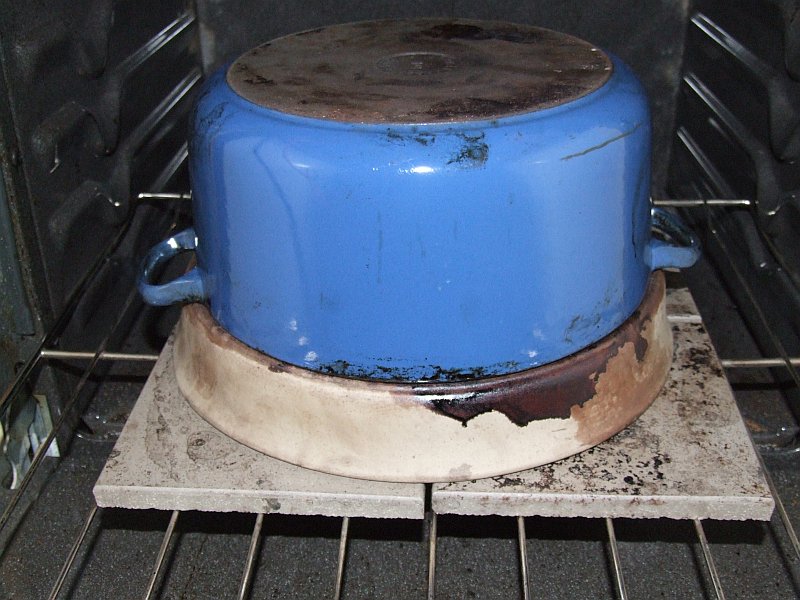Jeffrey Hamelman's Golden Raisin Loaf
This is a delicious tasting bread, even with all my mess up's making it...I forgot to put in my levain....it was sitting under my arm and I kept ignoring it..until all was mixed. Then I added it ..... Yikes! Well, it seemed to be okay. I could have just started over with a fresh batch of ingredients. I will have to lower my oven temperature..it came out a little dark and about 5 or 10 minutes longer in a lower temperature oven..I Think..might have been better...Anyway, Im going to blame it all on the ill feeling I have been having all day since we ate out
- Log in or register to post comments
- 4 comments
- View post
- SylviaH's Blog
